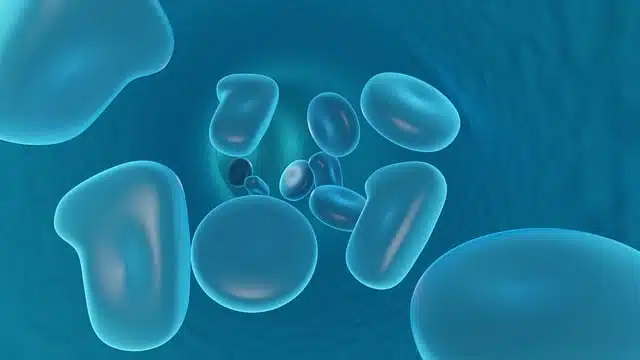
The cell theory explains how living beings are made from cells.
The concept of theory can refer to a hypothesis whose result can be applied to a science; to the group of laws that serve to establish links between events or phenomena; or knowing that it has not yet been verified.
Cellular , for its part, is that related to cells : the minimal and primordial unit that constitutes living beings.
Before moving forward with the notion of cell theory , we must know that this idea is part of the so-called scientific theories , made up of concepts that, following certain rules, allow us to detail the existing relationships between observations made of the concepts in question. In other words: a scientific theory is built from empirical data obtained through observations.
What is cell theory
Cell theory , in this sense, is used in the field of biology to provide an explanation of the constitution of living organisms from cells . This theory details how cells are essential for the existence of life and how they determine the most important characteristics of living beings.
According to cell theory, living matter can metabolize and perpetuate itself, unlike matter that lacks life. Cells are the fundamental units that form the structure of this living matter: organic functions develop inside the cells or in their closest environment, under the control of the substances they secrete. The cell theory also indicates that cells come from pre-existing cells through their division .

According to cell theory, living matter can metabolize and perpetuate itself.
Studies throughout history
In addition to the data presented so far on cell theory, it is worth knowing other equally relevant and significant data such as these:
– The first study or research that began to lay the foundations for the aforementioned cell theory was carried out in 1665 by the British scientist Robert Hooke , who is considered the father of cells, their discoverer. And by examining a sheet of cork with a microscope, he was able to verify that said object was made up of different cavities which he called cells. A study that was followed by others that came to delve deeper into its discovery, as would be the case of the one undertaken by Antony van Leeuwenhoek, also in the 17th century .
– The cell theory as such, however, is established to have been developed from the principles established by Schleiden and Theodor Schwann in the years 1838 and 1839 .
– Another key moment in the history of cell theory was the establishment in 1858 of Virchow 's idea: “every cell comes from another cell.”
– The scientists who managed to demonstrate and develop it most successfully throughout history and after the aforementioned discoveries were Pasteur , who specialized in the multiplication of single-celled microorganisms; Santiago Ramón y Cajal , who shaped the neuron doctrine, and Camillo Golgi , who had the merit of identifying one of the well-known nerve cells. Two figures, the latter two who precisely because of these discoveries managed to be recognized with the Nobel Prize in 1906 .
